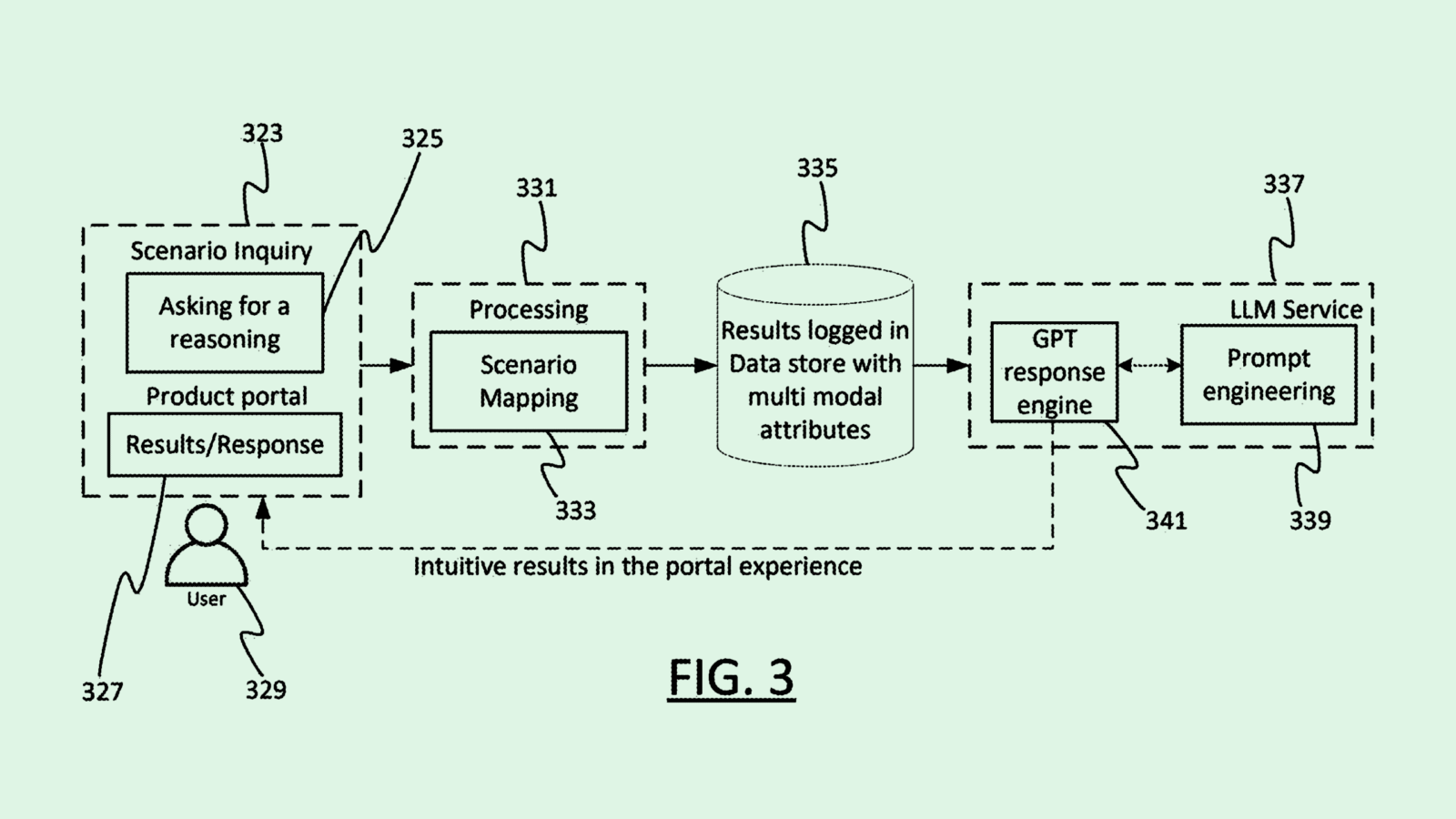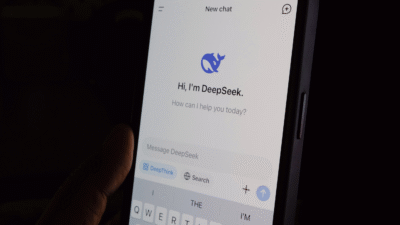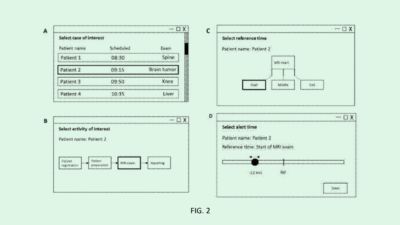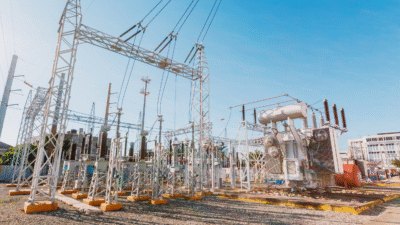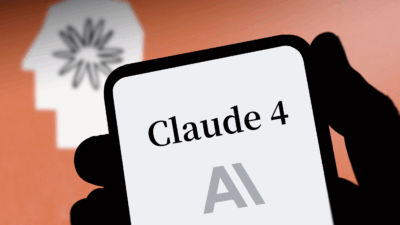IBM, Microsoft Patents Target Sustainable Computing Amid AI Energy Crisis
With AI demand driving up energy demand, will sustainability efforts be enough?
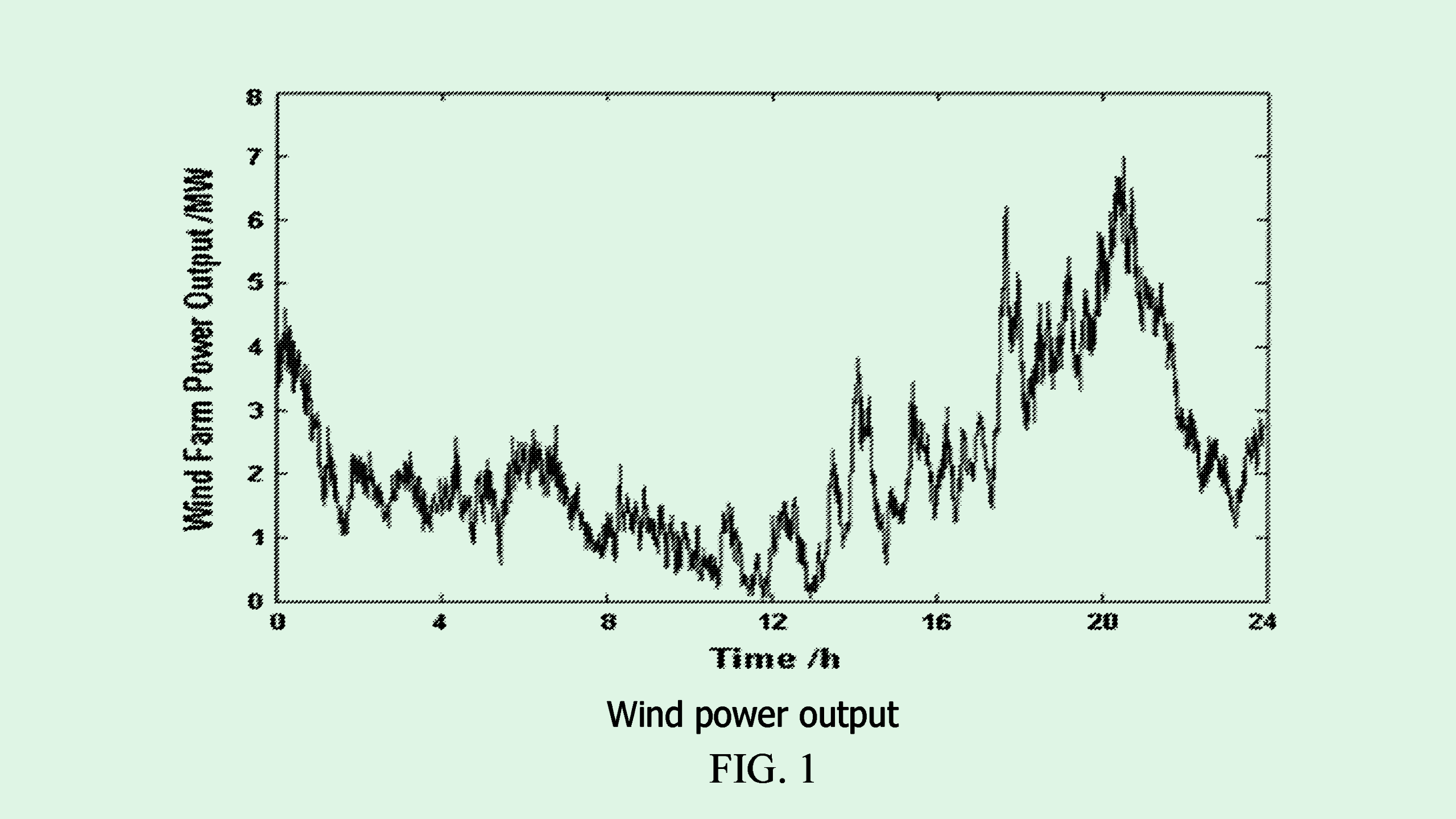
Sign up to get cutting-edge insights and deep dives into innovation and technology trends impacting CIOs and IT leaders.
As AI’s appetite for energy increases, some tech firms are scrambling to devise solutions.
IBM is seeking to patent a workload management system for “sustainable computing on (an) unstable power environment.” As the title of the filing suggests, the tech monitors tasks and power at a site, such as a data center, and adjusts workloads based on availability of “unstable” energy sources like wind power.
The system would collect information about the tasks at hand, such as the resource requirements and duration, and schedule them with the goal of maximizing usage of power from the unstable source.
Microsoft, meanwhile, is looking into energy monitoring on an individual level. The company filed a patent application for a system to monitor the power usage of different applications, providing a visual indicator for each one.
“There is presently no way for a user to make an informed choice between the applications based on environmental impact,” Microsoft said in the filing.
Patents like this aren’t new for Microsoft or IBM, and mirror those from other major tech firms: Nvidia, Intel and Google have all filed patent applications to manage data center energy usage.
The problem is that, as AI development demands an increasing amount of energy, the tech is on track to jack up power demand by 165% by the end of the decade. Some of these tech firms have already seen the impact: Google’s 2024 climate report noted a 48% rise in greenhouse gas emissions since 2019, and Microsoft’s sustainability report noted a 29% rise since 2020, both at least partially attributed to AI-related data center energy demand.
The question remains whether the ideas detailed in these patents would be enough to keep up with the rapid pace of AI development – and limit the carbon emissions it’s causing.
